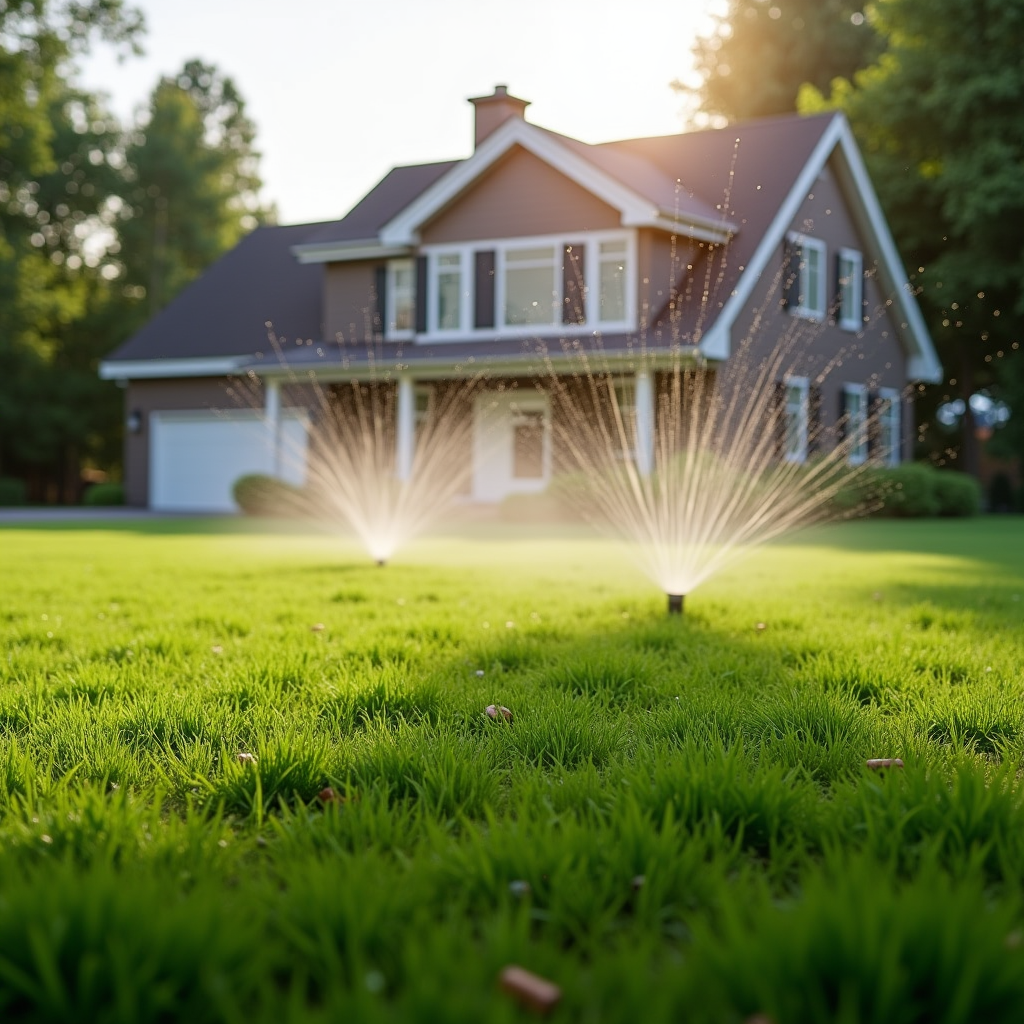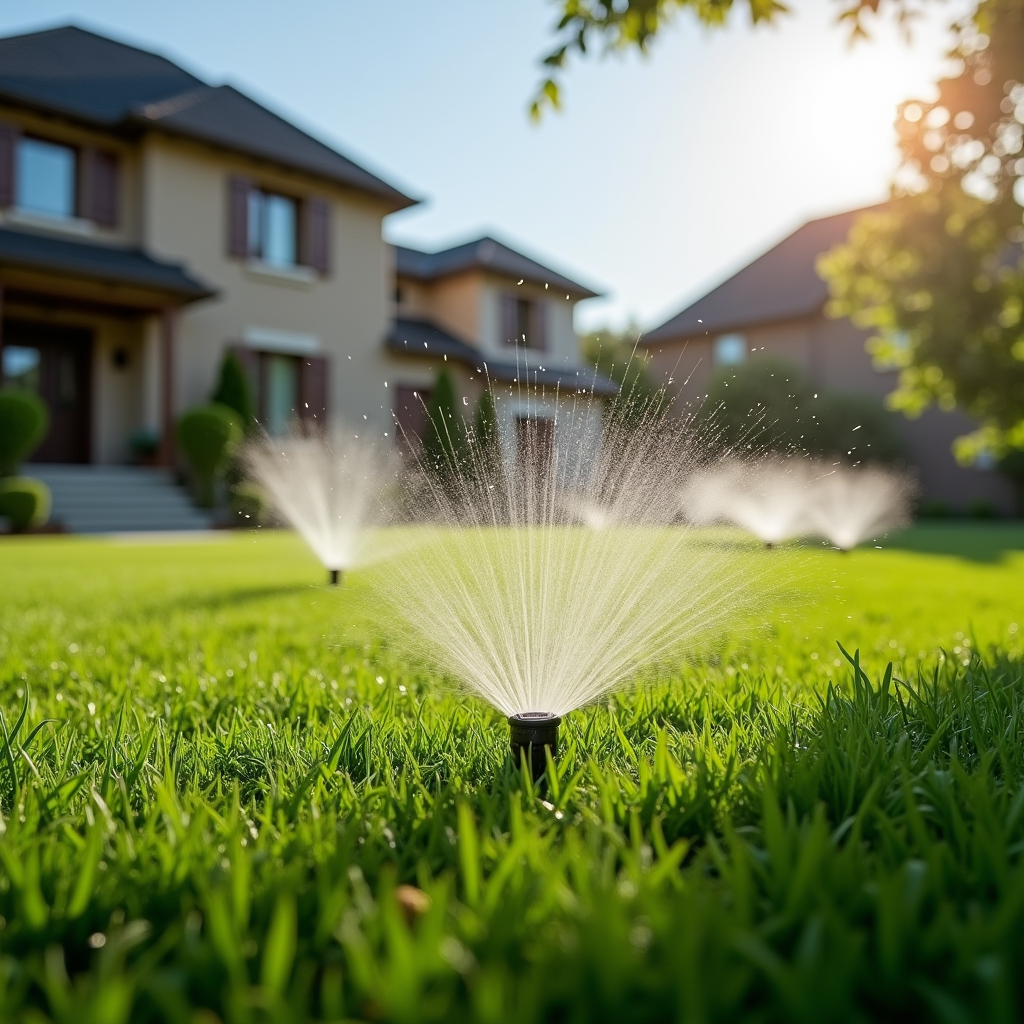Creating a backyard habitat isn't just about aesthetics; it's about fostering a thriving ecosystem right outside your door. With smart landscaping, you can transform your outdoor space into a sanctuary for wildlife, while enhancing your home's curb appeal and making lawn care easier. In this comprehensive guide, we will explore everything you need to know about creating a backyard habitat that is both beautiful and functional.
What is Smart Landscaping?
Smart landscaping refers to the practice of designing and maintaining outdoor spaces in ways that are environmentally friendly and efficient. This approach considers plant selection, water conservation, soil health, and habitat creation for local wildlife. By using smart landscaping techniques, you can create an inviting environment that attracts birds, butterflies, bees, and other beneficial creatures.
The Benefits of Smart Landscaping
Implementing smart landscaping offers numerous benefits:
Biodiversity: Encourages various species to thrive. Water Conservation: Reduces the need for irrigation. Soil Health: Enhances nutrient retention and microbial activity. Aesthetic Appeal: Improves the beauty of your home. Lawn Care Efficiency: Simplifies maintenance routines.Why Create a Backyard Habitat?
Creating a backyard habitat provides several environmental benefits:
Supporting Local Wildlife
By providing food sources, shelter, and nesting spots, you can support local wildlife populations that may be struggling due to habitat loss.
Enhancing Biodiversity
A diverse range of plants attracts various pollinators and insects which are essential for maintaining healthy ecosystems.
Improving Air Quality
Plants absorb carbon dioxide and release oxygen, improving air quality around your home.
Guide to Creating a Backyard Habitat with Smart Landscaping
Let’s dive deeper into the process of creating your backyard haven by exploring specific steps you can take.
Assessing Your Space
Evaluate Existing Conditions
Before you start planning your habitat, take some time to observe your existing landscape:
- What types of plants are currently growing? Do you have areas that receive full sun or shade? What’s the soil quality like?
Identify Wildlife Needs
Understanding the needs of local wildlife is crucial. Different species require different resources:
- Birds often need trees or shrubs for nesting. Pollinators like bees thrive in flower-rich environments.
Designing Your Backyard Habitat
Create Zones
Establishing distinct zones can help cater to various species’ needs:
Flower Gardens: Attracts pollinators. Shrub Areas: Provides shelter for small mammals and birds. Water Features: Offers hydration sources for all wildlife.Choose Native Plants
Opting for native plants helps ensure that the flora thrives without excessive care:
- Native plants typically require less water. They’re adapted to local pests and diseases.
Lawn Care Practices for Your Habitat
Sustainable Lawn Care
Maintaining your lawn sustainably is key when integrating it into your backyard habitat:
Use organic fertilizers to minimize chemical runoff. Practice proper mowing techniques—mow high to promote deep root growth. Avoid excessive watering; let grass grow naturally dry between waterings.Integrating Grass with Wildflower Meadows
Consider mixing traditional grass lawns with wildflower meadows:
- This creates an inviting look while supporting local pollinators.
Water Features in Your Backyard Habitat
Types of Water Features
Incorporating water features can dramatically enhance biodiversity:
Ponds Birdbaths Rain gardensBenefits of Water Features
Water features not only attract wildlife but also serve as focal points in your garden design.
Creating Shelter for Wildlife
Birdhouses and Bat Boxes
Installing birdhouses or bat boxes provides safe nesting sites:
- Different species prefer different designs; research what works best locally.
Brush Piles and Rock Gardens
These elements offer refuge from predators while providing breeding grounds for insects:
- Brush piles are great for small mammals like rabbits or hedgehogs.
Pollinator Gardens: A Vital Component
What is a Pollinator Garden?
A dedicated area filled with flowering plants designed specifically to attract bees, butterflies, hummingbirds, and other pollinators.
Choosing Flowers Wisely
For optimal results, select flowers that bloom at different times throughout the year:
Spring-bloomers (e.g., crocuses) Summer-bloomers (e.g., sunflowers) Fall-bloomers (e.g., asters)Soil Health: The Foundation of Your Habitat
Testing Soil Quality
Conduct soil tests to assess its pH levels and nutrient content—this will guide amending practices as necessary.
Natural Amendments vs Synthetic Fertilizers
Using compost or natural amendments enhances soil structure without harming beneficial organisms in the ecosystem.
Seasonal Maintenance Tips for Your Habitat
Spring Preparation Tasks
As spring arrives:
Clean out debris from ponds or garden beds. Prune dead wood from trees or shrubs.Summer Care Techniques
In summer months focus on:
Regular watering regimes—consider drip irrigation systems. Monitoring insect populations—encourage beneficial insects while managing pests naturally.Attracting Specific Wildlife Types

Throughout this series we will delve into http://edwinpkow539.wpsuo.com/seasonal-landscaping-tips-for-greensboro-gardens how best to attract specific wildlife types through smart landscaping practices:
Birds: Utilize feeders filled with seeds native to your area! Bees: Plant flowering herbs such as lavender or mint! Butterflies: Add host plants like milkweed where they can lay eggs!
Community Engagement
Engaging with neighbors can amplify positive impacts! Consider: *Hosting workshops on sustainable gardening! *Creating community gardens that promote biodiversity! *Sharing resources related towards eco-friendly practices!
Common Misconceptions about Backyard Habitats
Many people hold misconceptions regarding what it takes!
“Backyards must look manicured.” Not true! Naturalistic gardens often thrive better ecologically!
“All animals are pests.” While some may nibble on plants; others contribute negatively towards sustaining ecosystems!
Frequently Asked Questions
Q1: How do I start creating my backyard habitat?
A1: Begin by assessing existing conditions in your space; determine what wildlife already visits!

Q2: Is lawn care compatible with creating a wildlife-friendly habitat?
A2: Absolutely! You can maintain an attractive lawn while incorporating native plants & features!
Q3: What if I live in an urban area?
A3: Even small spaces can contribute! Container gardening & vertical gardens work wonders!
Q4: Are there any financial incentives available?
A4: Many municipalities offer grants/rebates aimed towards promoting sustainable landscapes!
Q5: How do I manage pests organically?
A5: Introduce beneficial insects & use companion planting methods; these naturally deter harmful critters!
Q6: Will I have extra maintenance with this type of landscaping?
A6: Initially yes—but once established many habitats require less effort than traditional lawns!
Conclusion
In conclusion creating a backyard habitat through smart landscaping involves thoughtful planning & execution! It allows individuals/families alike access nature’s beauty while simultaneously promoting environmental stewardship! So grab those shovels & get started today—you’ll find joy knowing every effort made contributes positively towards our world’s ecological future!
This extensive guide serves as a roadmap toward transforming ordinary backyards into vibrant habitats filled with life—all while simplifying lawn care efforts along the way! Remember each small step taken leads further down this rewarding journey—so don’t hesitate; embark upon this adventure now!